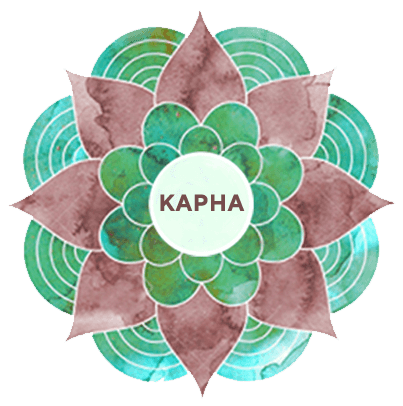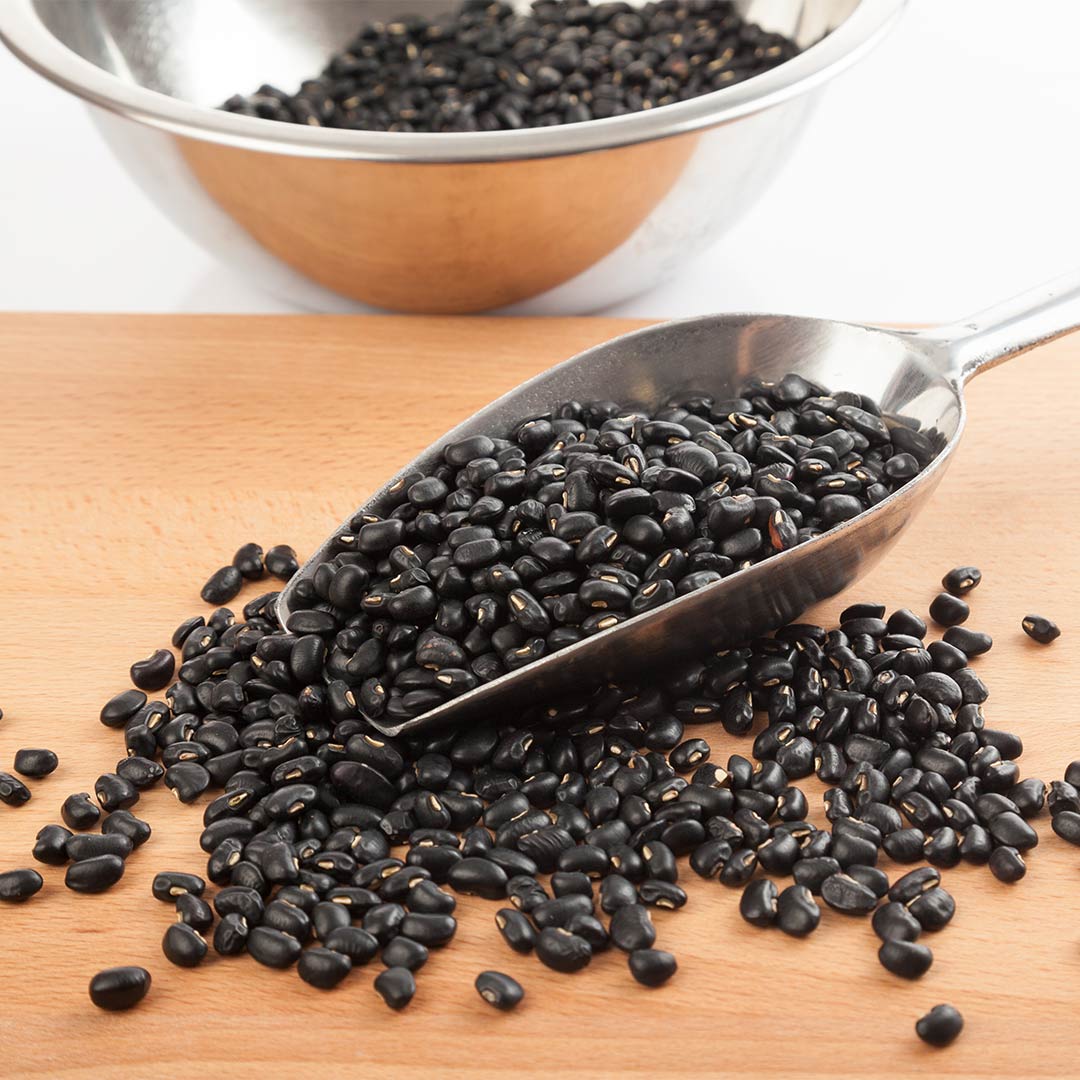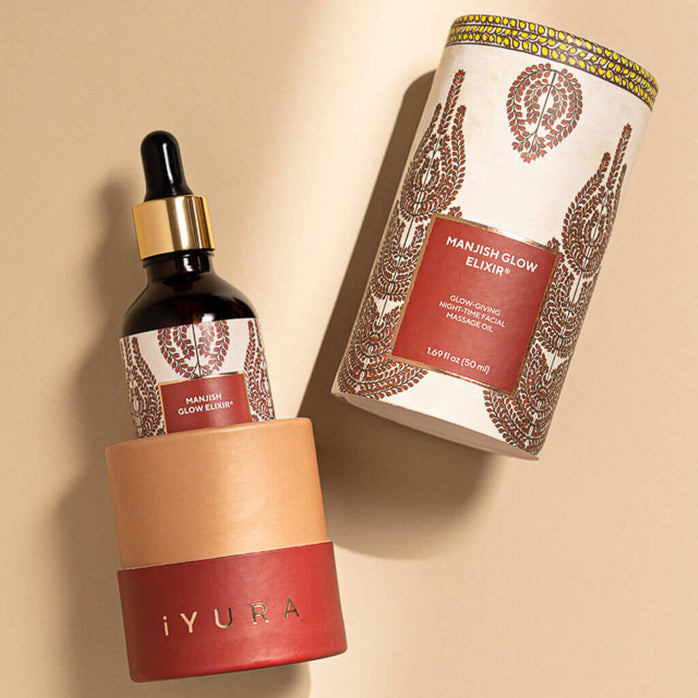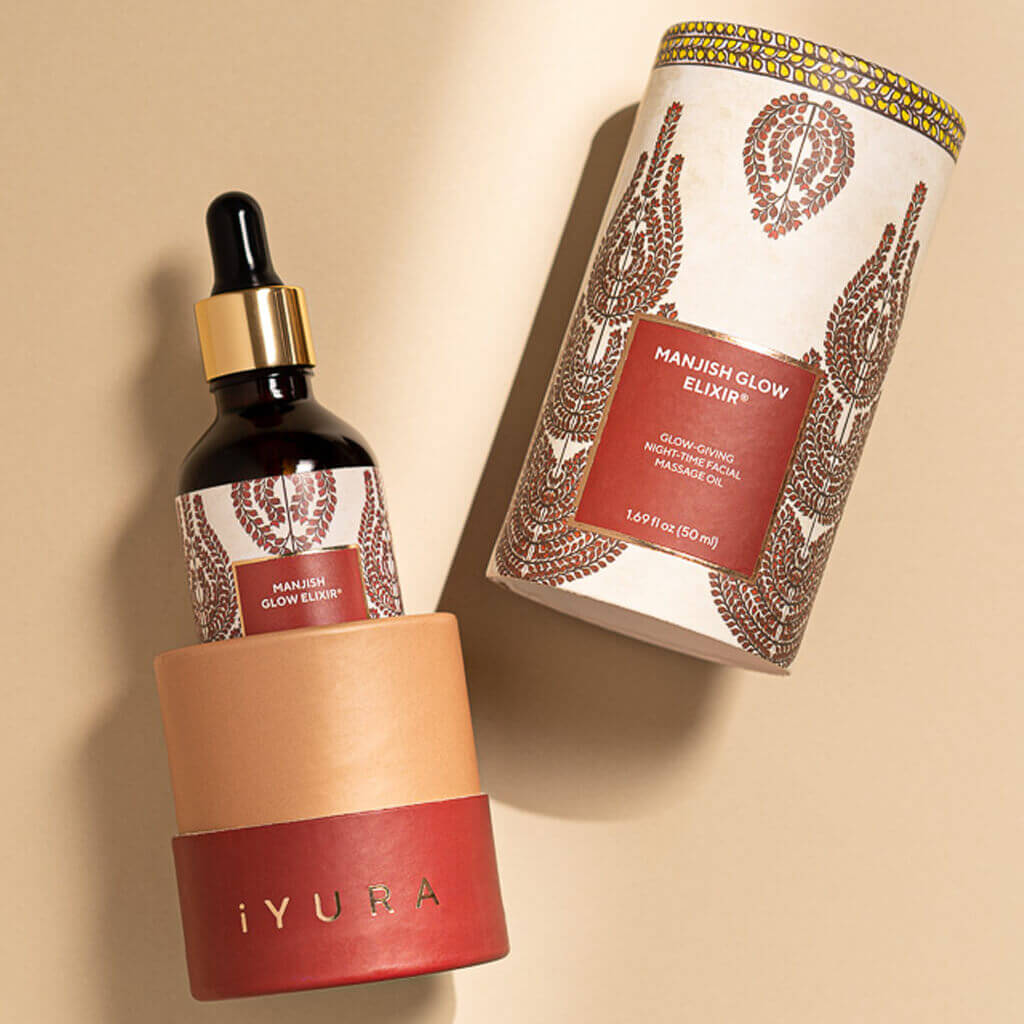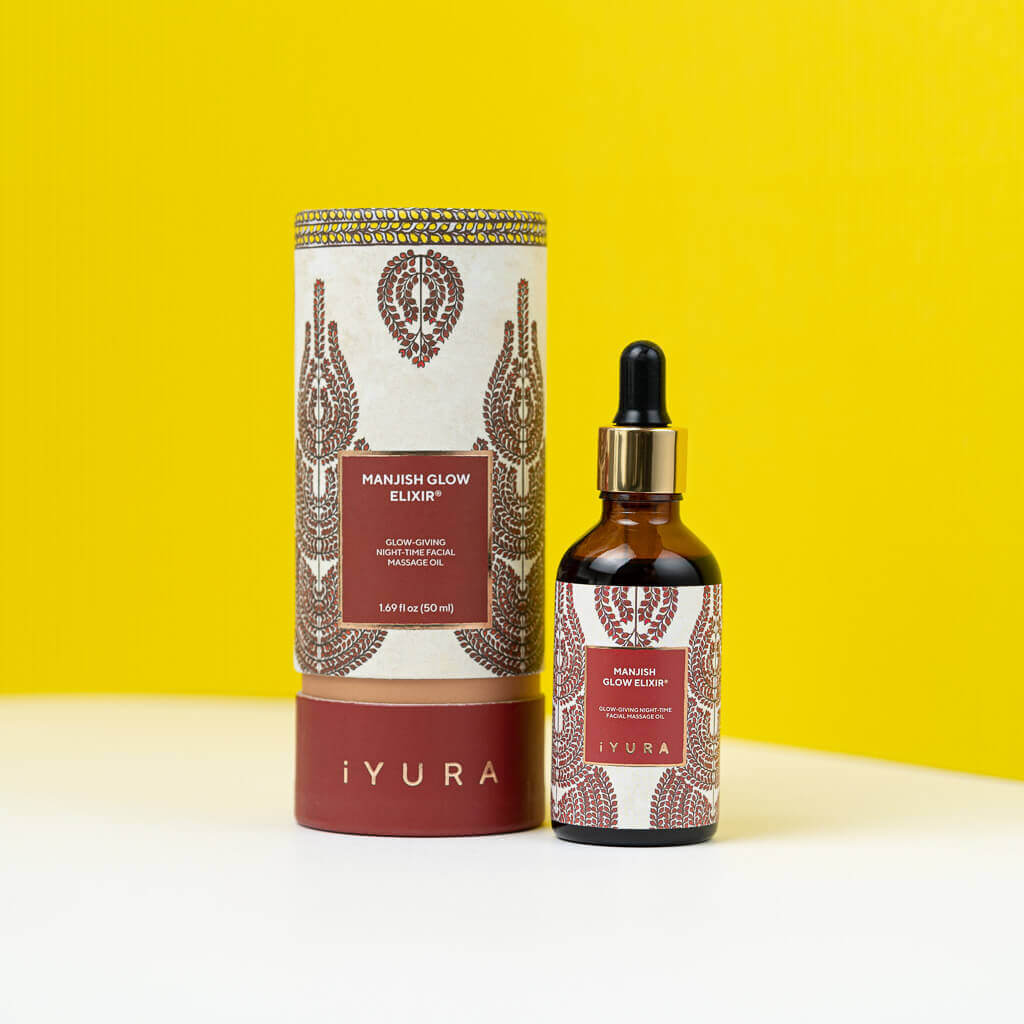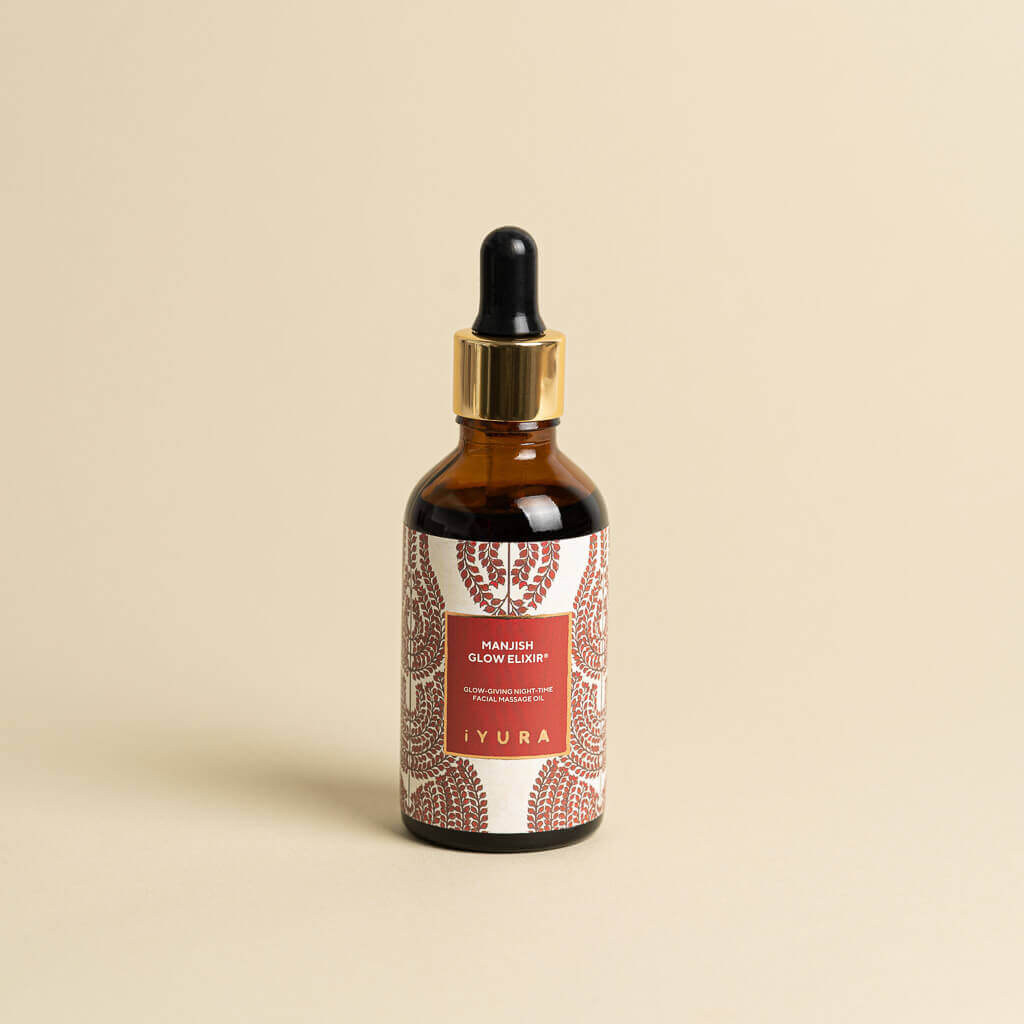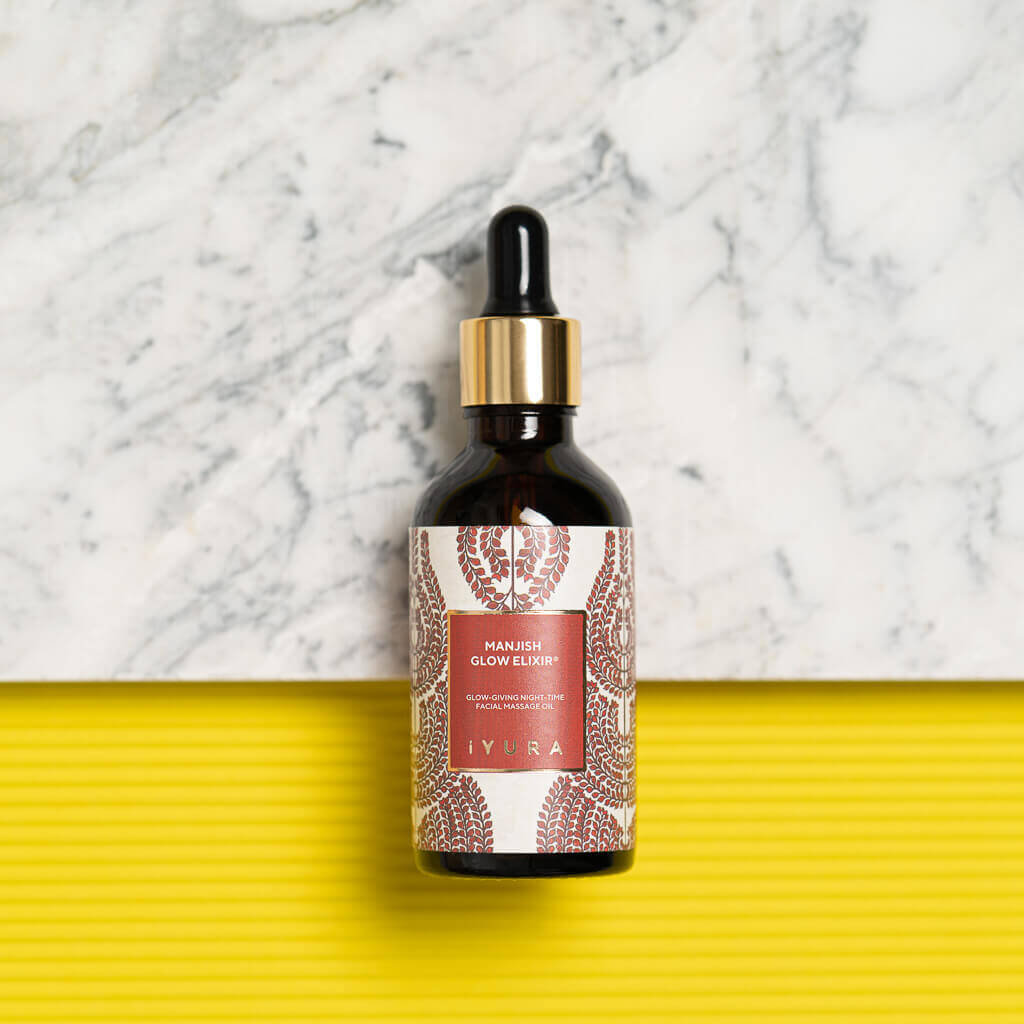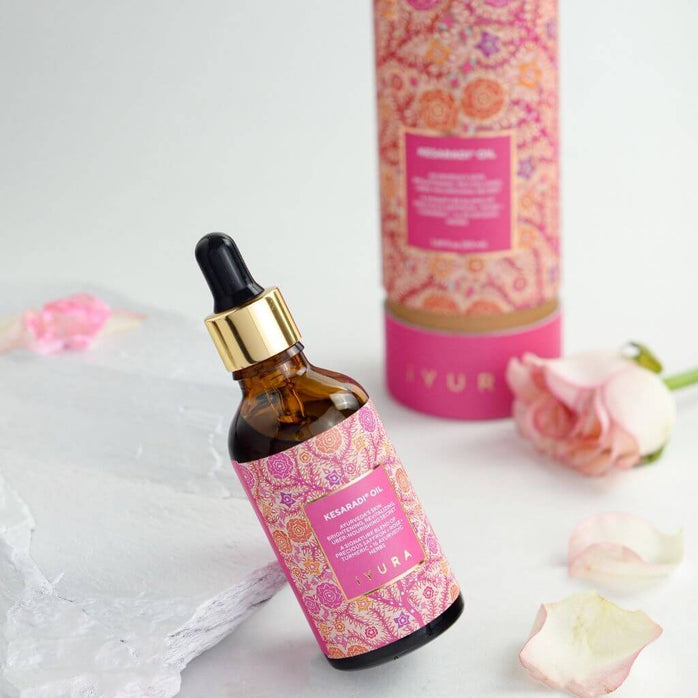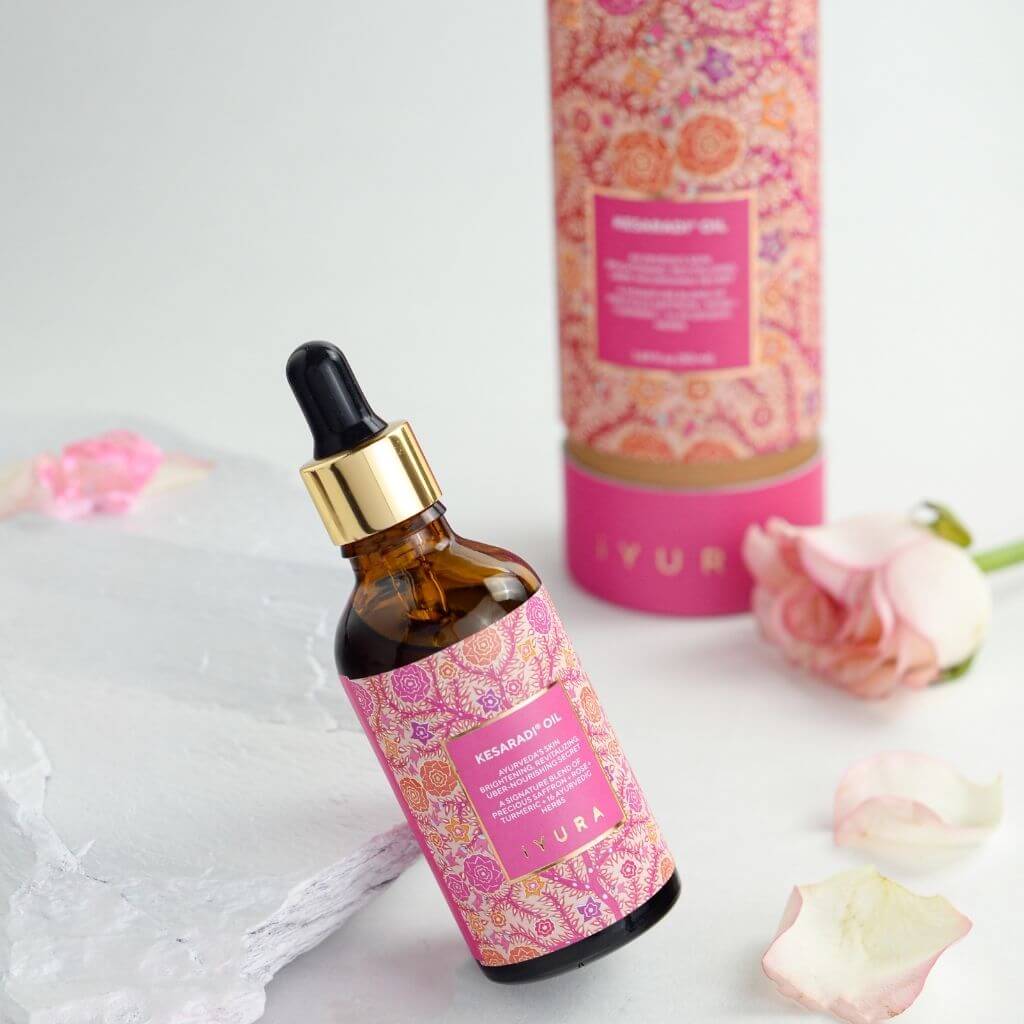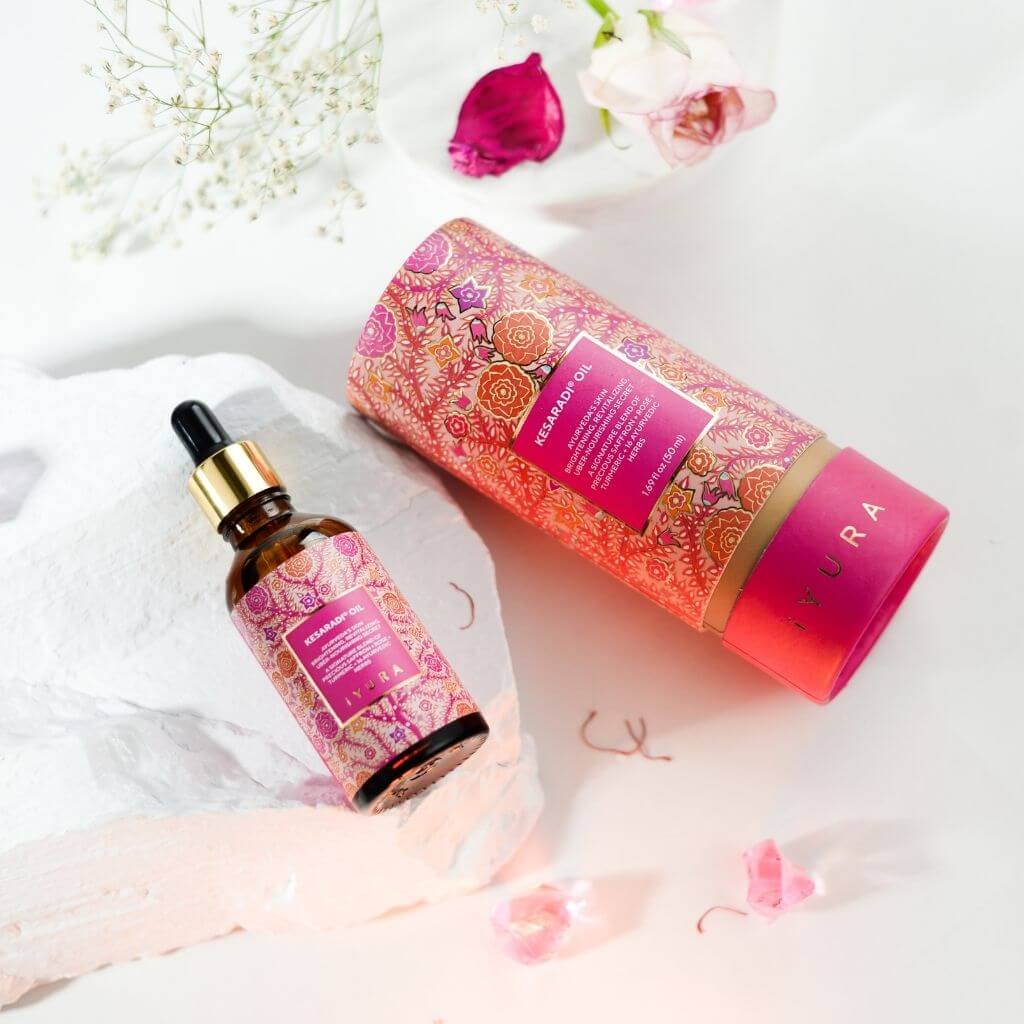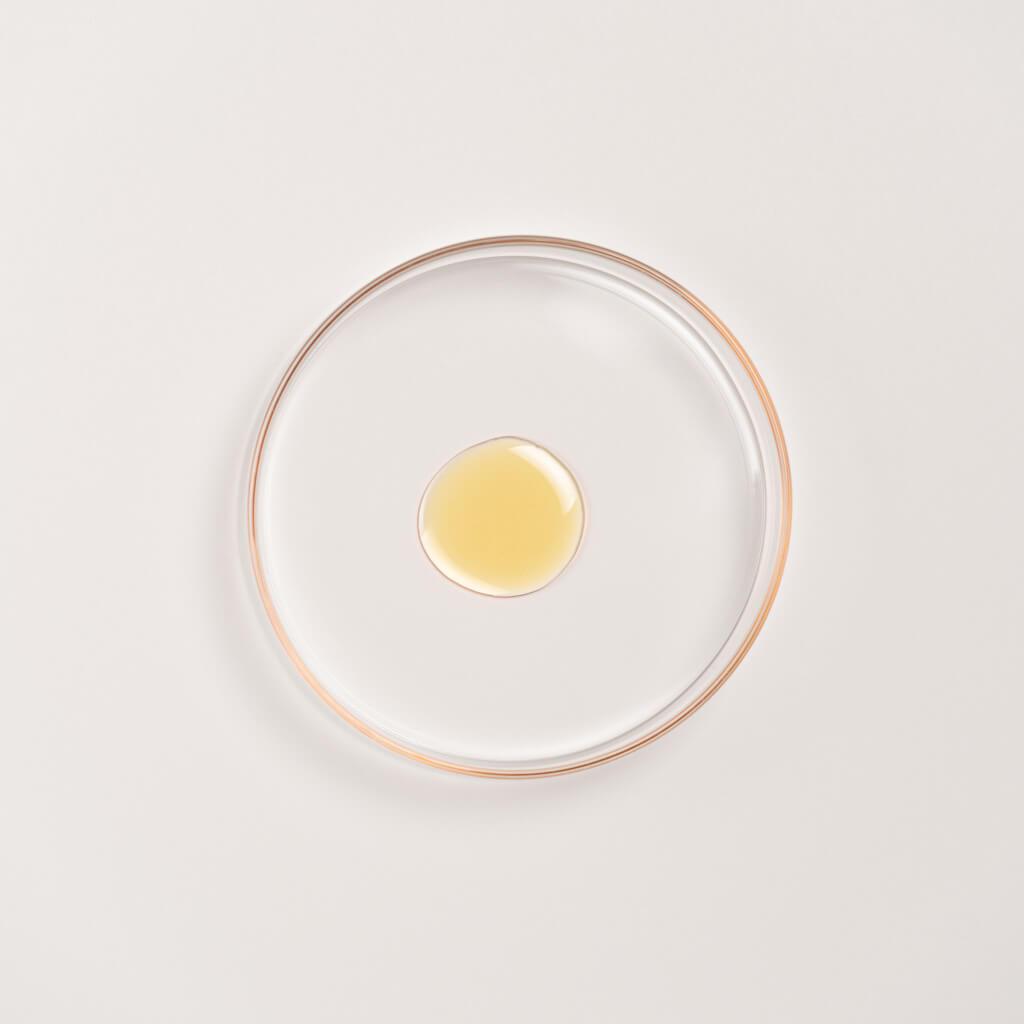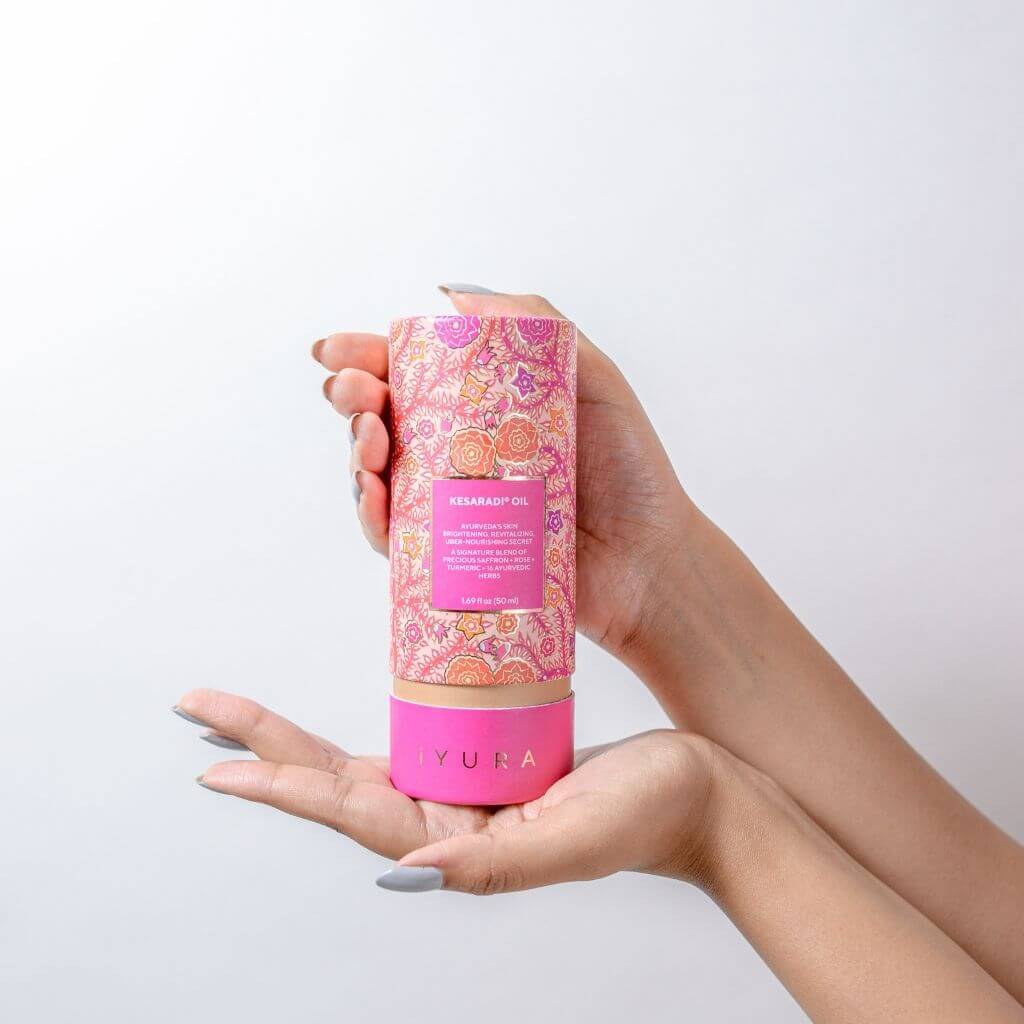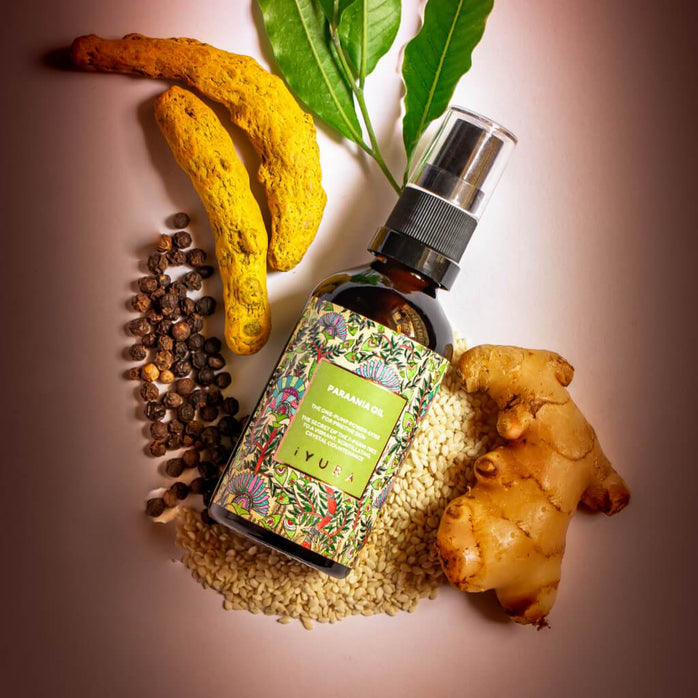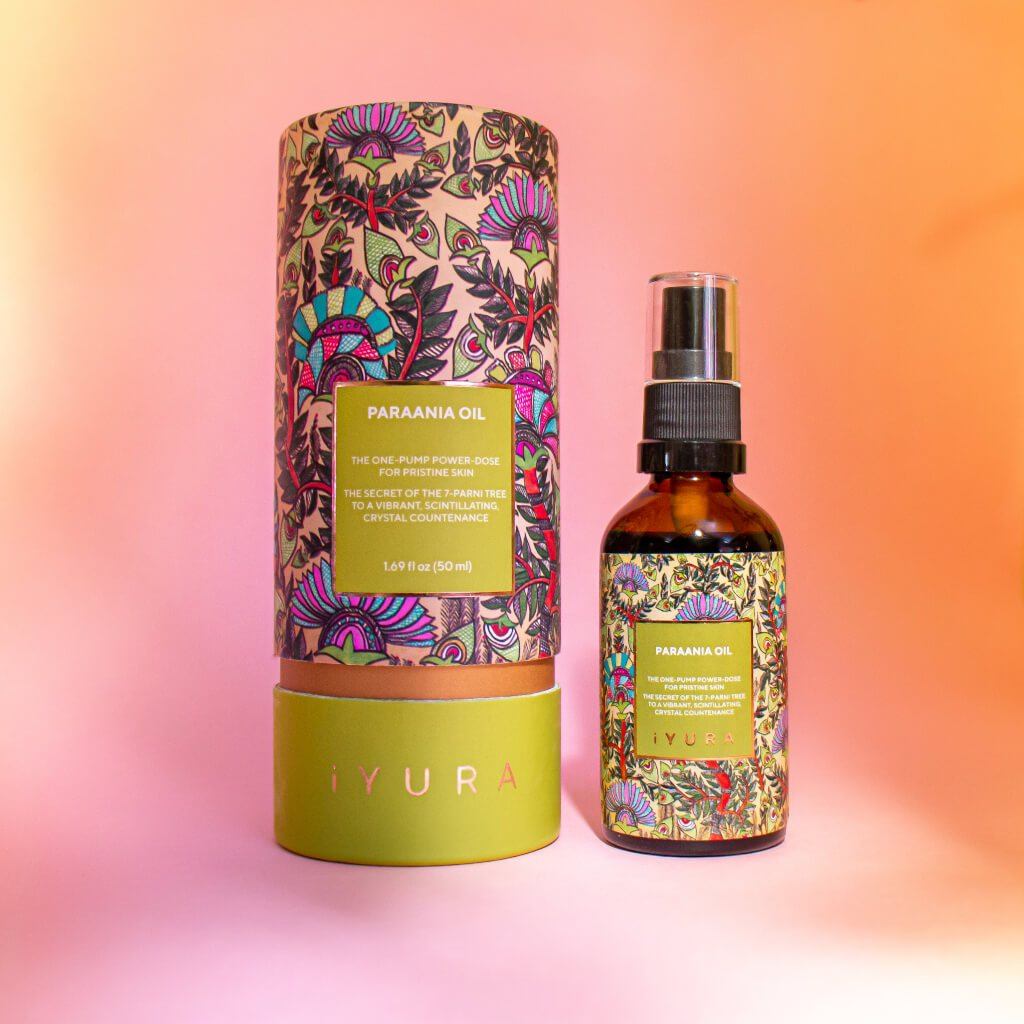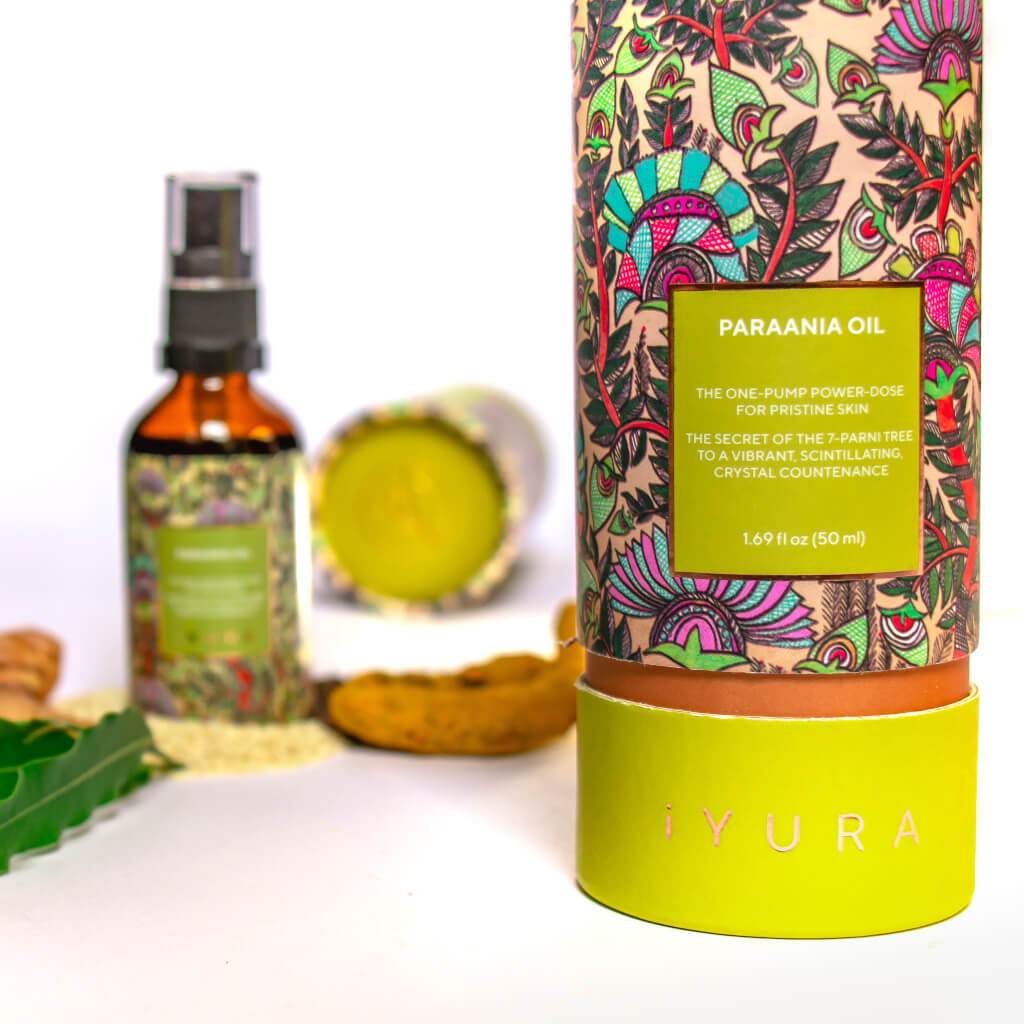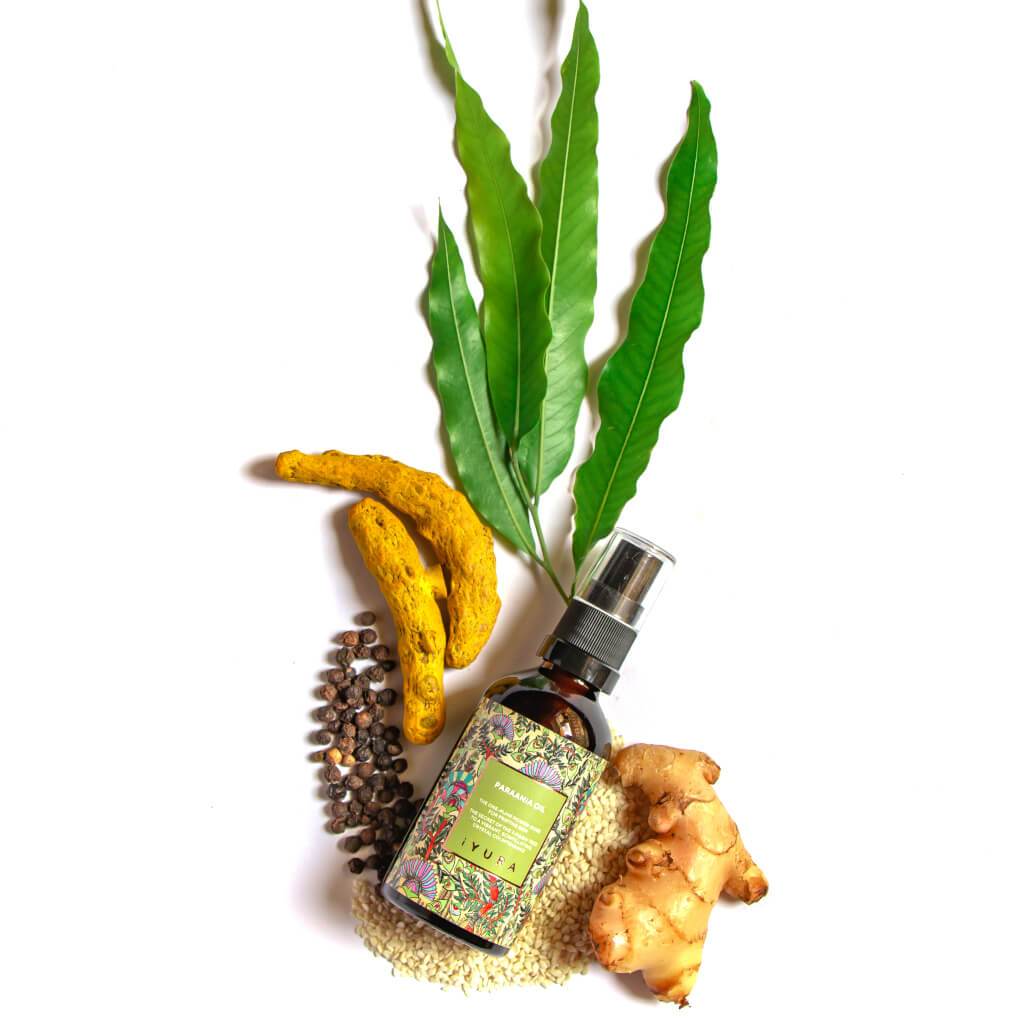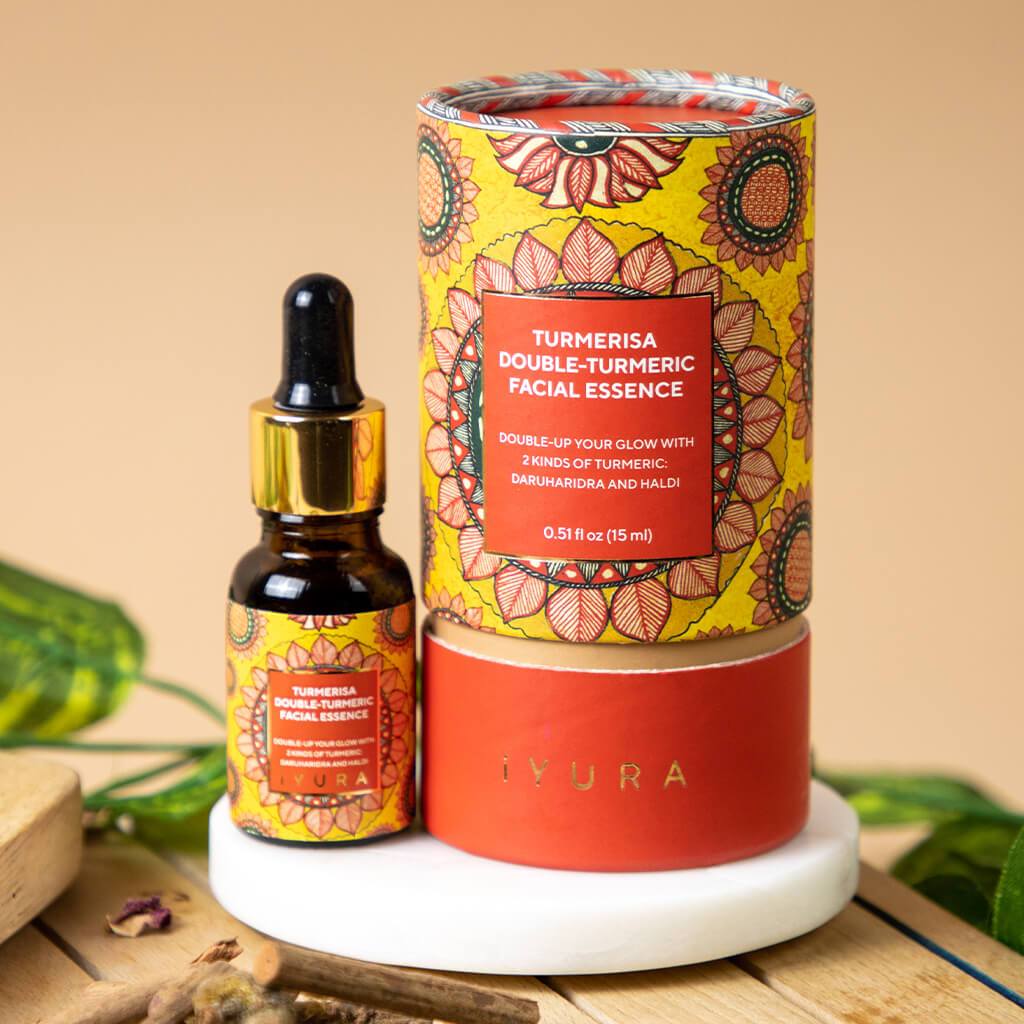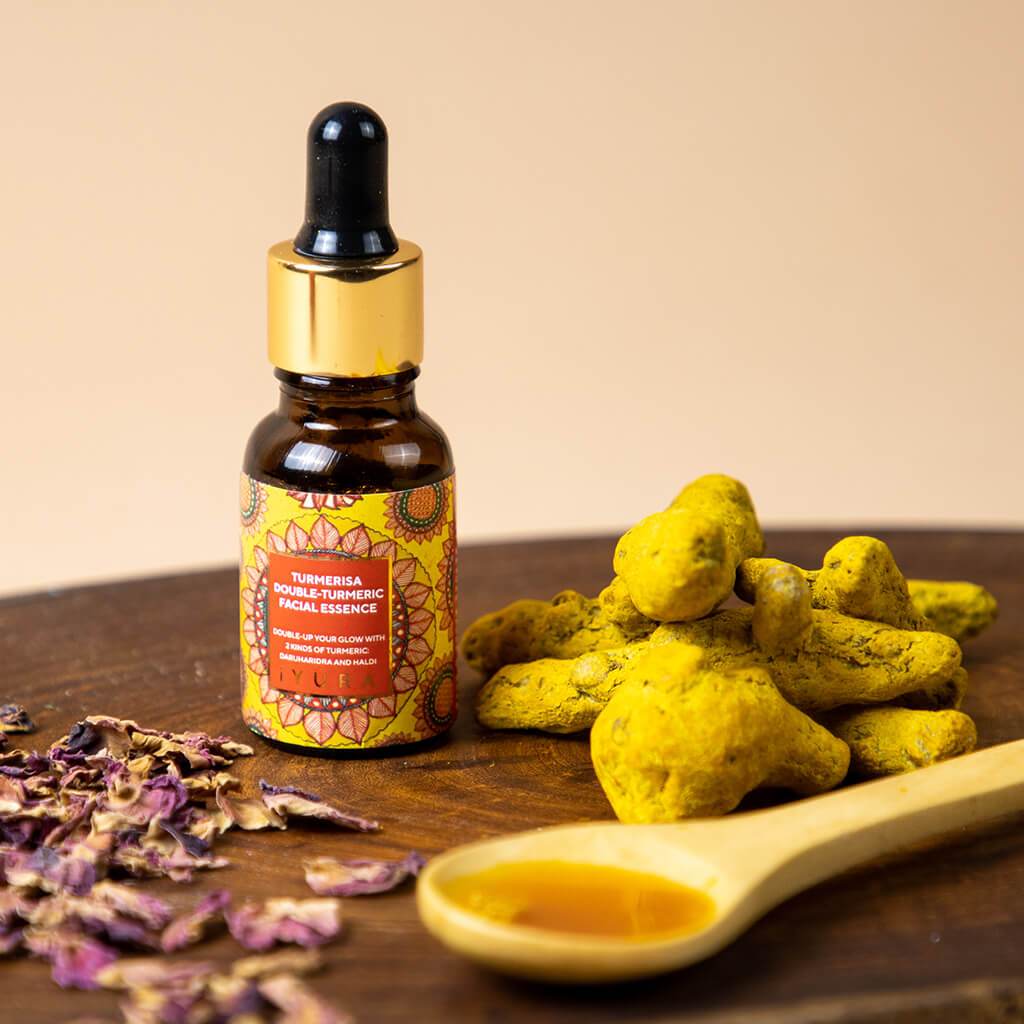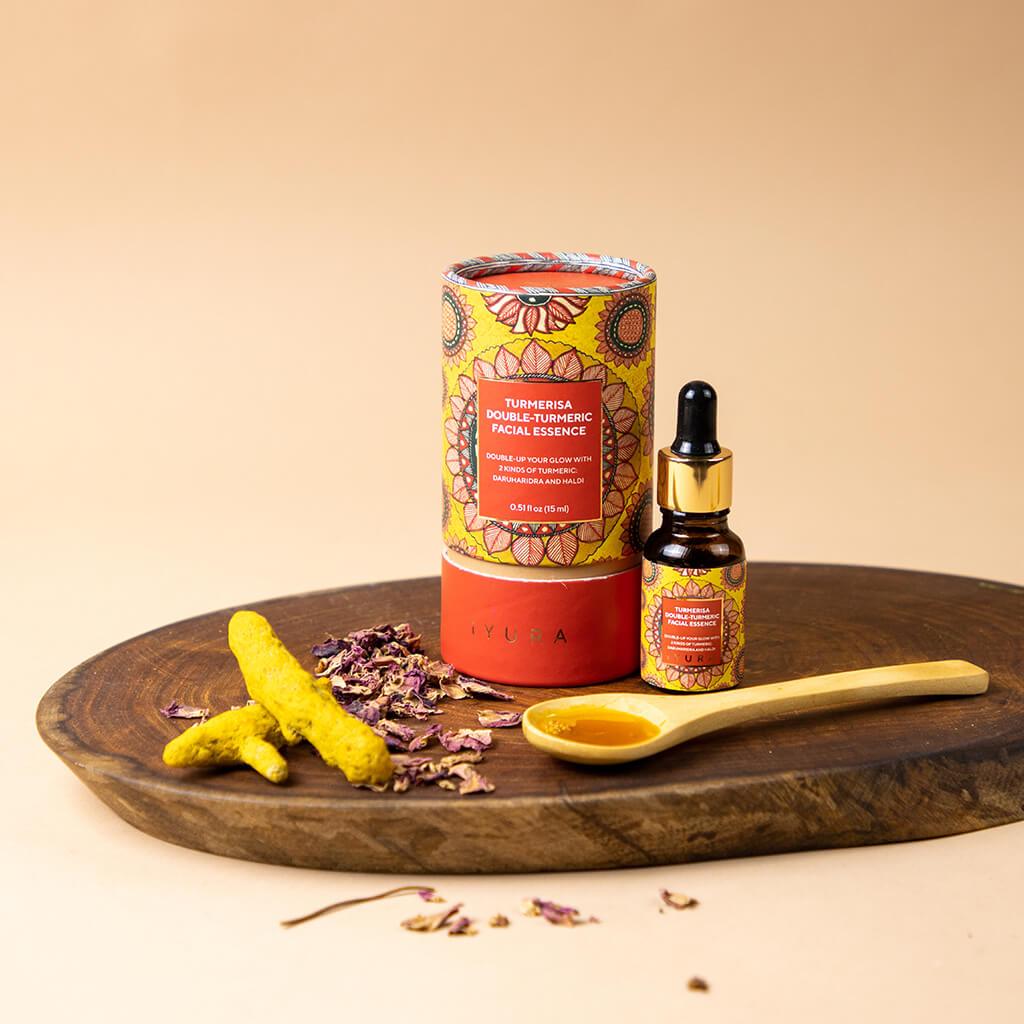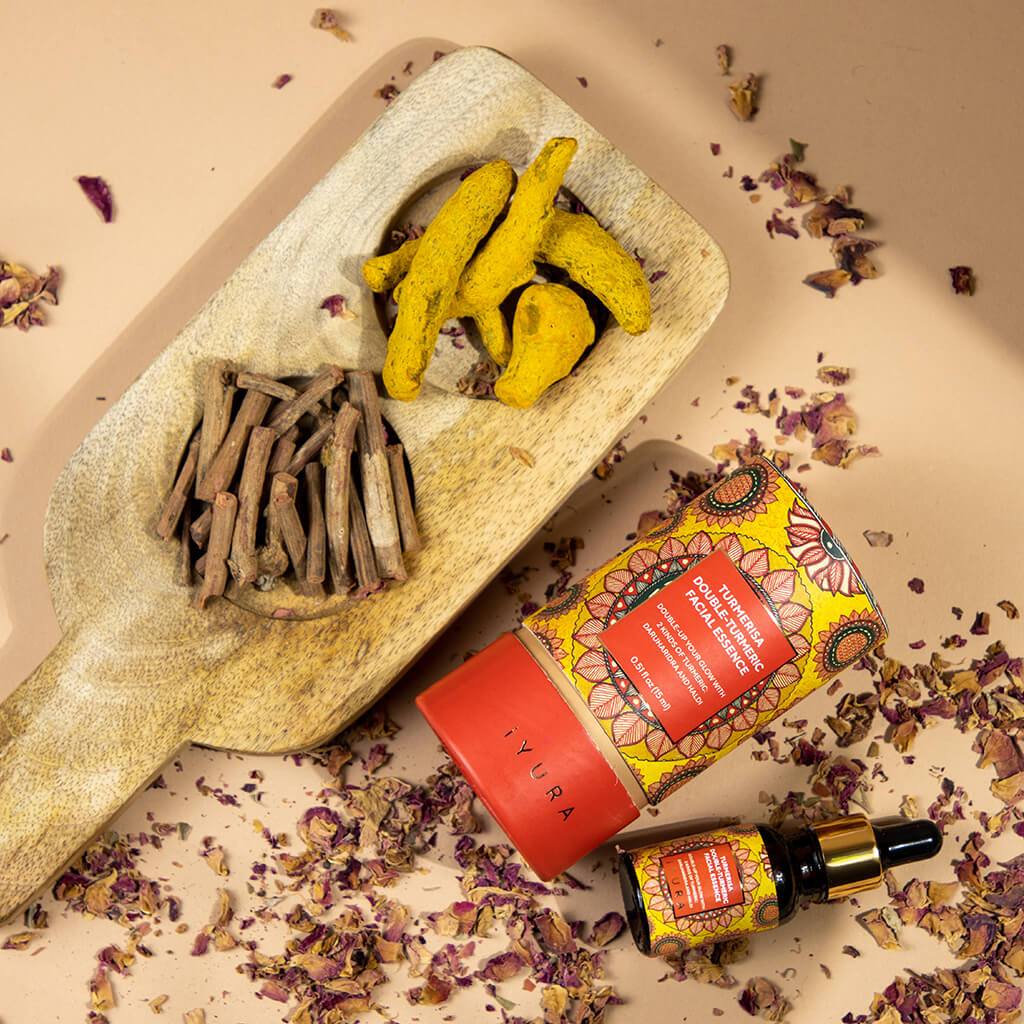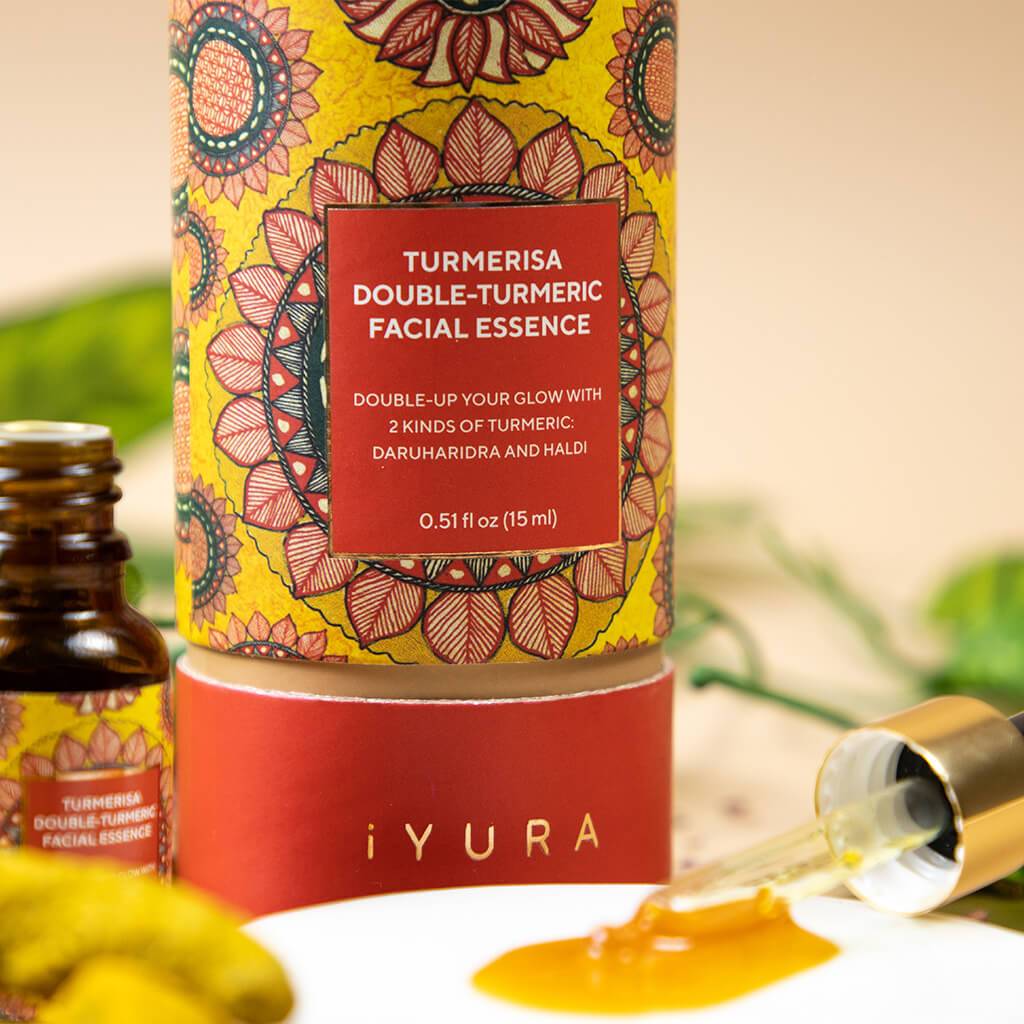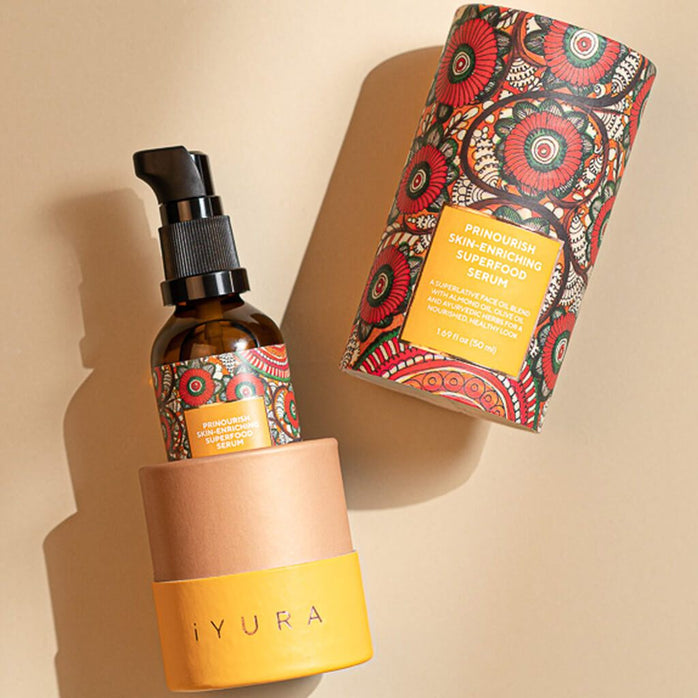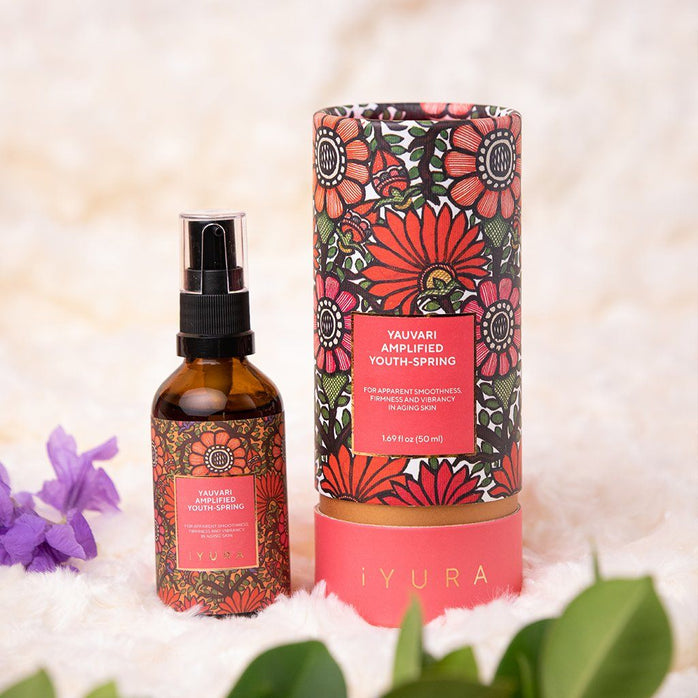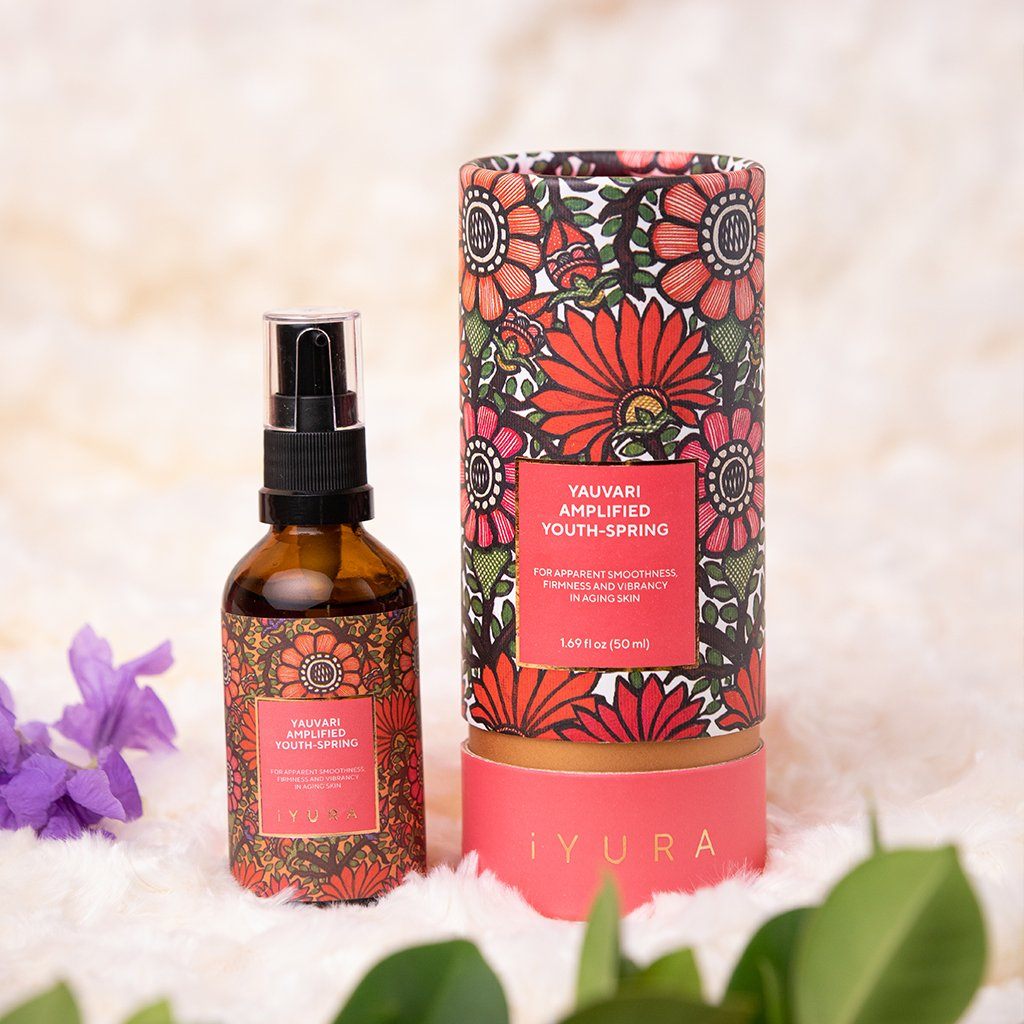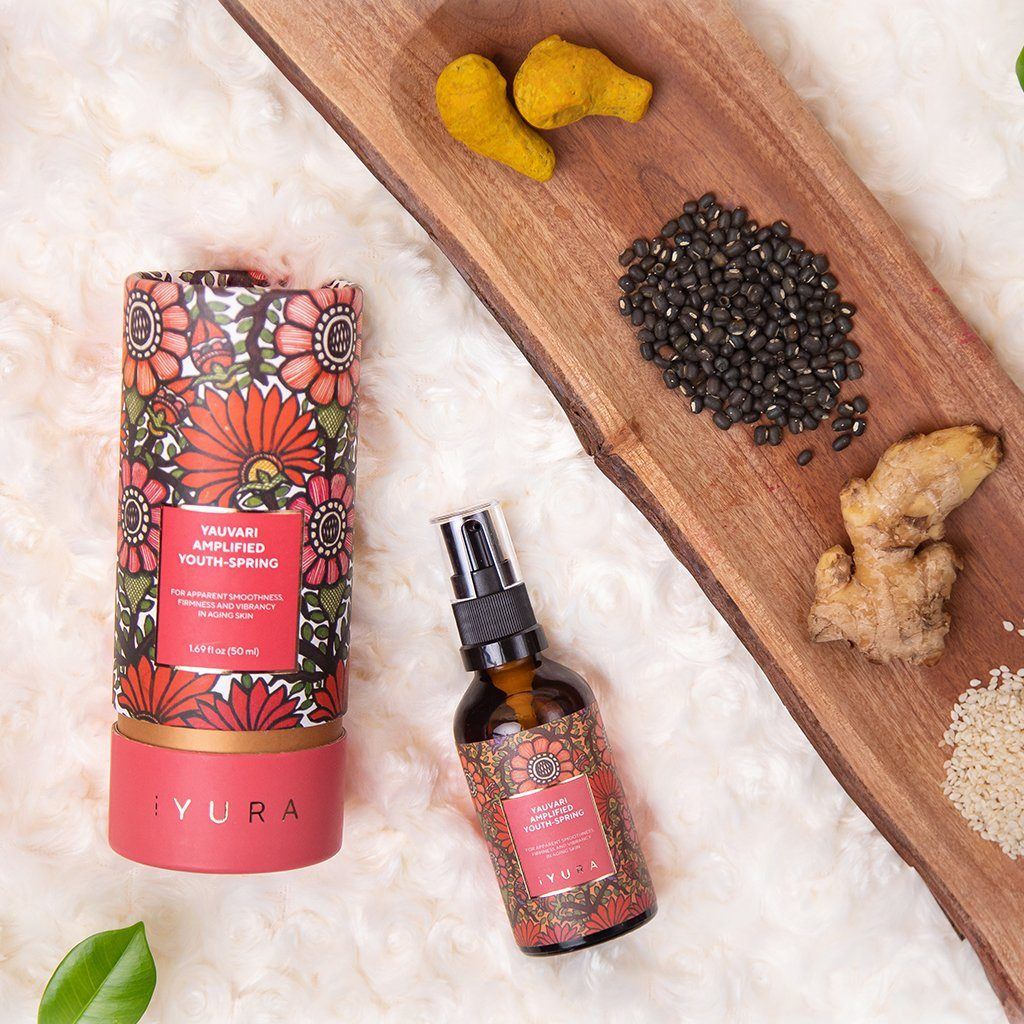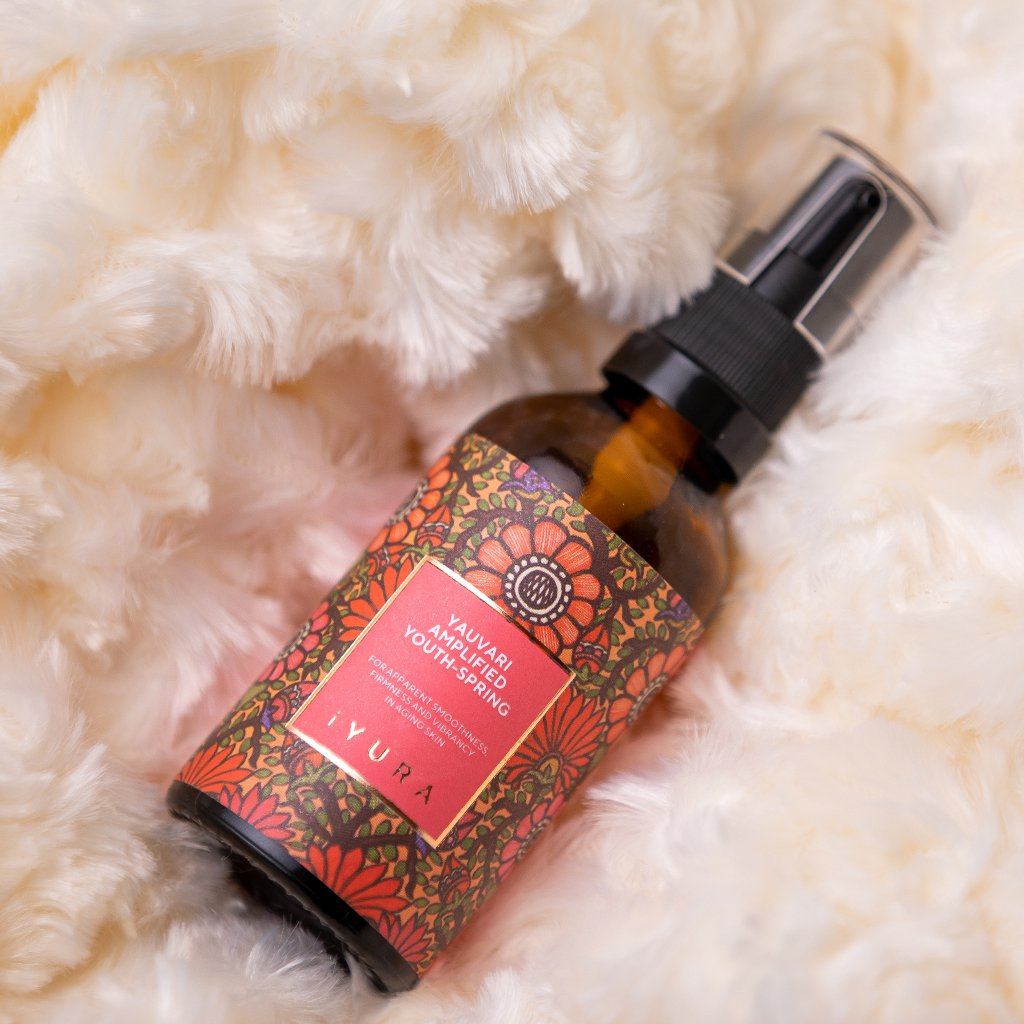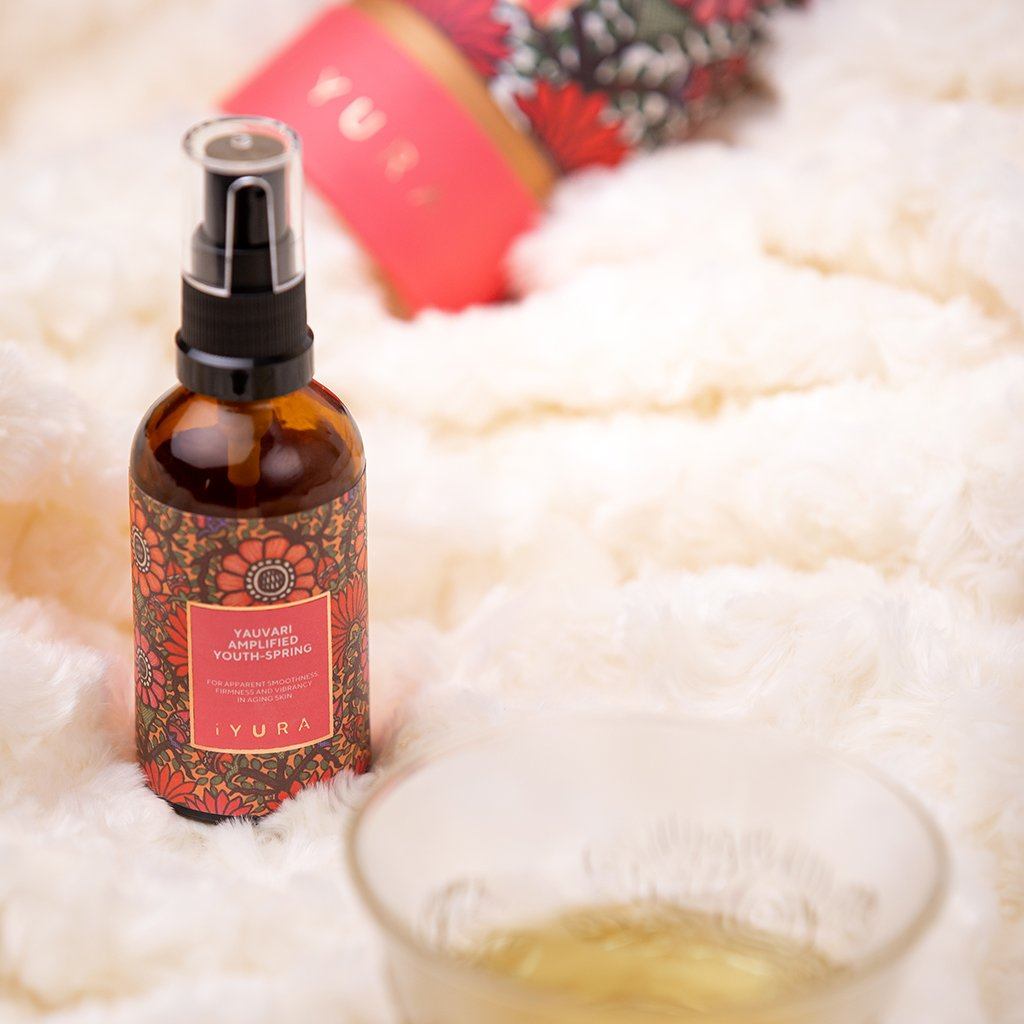Do you often spot blackheads, whiteheads or milia on your skin?
Ayurveda has good reasons to believe that the appearance of blackheads, whiteheads and milia are causes of
Vata-aggravation in your body. These leave the skin feeling dry, rough and congested.
Unlike pimples, these are not filled with pus, neither are they deep. They are typically small, dry and are clogged with the naturally occurring substance in our skin known as ‘sebum’.
The fundamental cause is often dehydration and dryness. This could happen because of multiple factors such as less water consumption, lack of enough moisturization, climatic conditions, amongst many more.
What should you do and what shouldn't you do to avoid the appearance of blackheads, whiteheads and milia?
One very basic thing we all can do is combat dehydration.
Drink enough water and fluids, include foods in your diet that have enough water content in them.
Some of the hydrating foods that can help balance Vata Dosha are
melons, okra, zucchini, avocados, sweet fruits, oranges, cherries etc. Try consuming more
fiber-rich foods as well.
Ayurvedic experts are also of the opinion that to tackle dryness,
healthy fats may prove helpful. Which is why they suggest consuming foods such as fatty fish, olive oil, chia seeds, flax seeds etc. However, strictly
avoid consuming dry fruits, beef, eggplants, apples etc. which are known to provoke Vata Dosha.
Similarly, herbs such as
Vetiver, Aloe Vera, Bakuchi, Ashwagandha, Shatavari etc. have proved their expertise in dealing with Vata-based skin imbalances.
Pro tip: Take 1-2 teaspoons of castor oil before going to bed. Make sure you take it on an empty stomach. It is a stimulant laxative. It helps to increase the movement of the intestines and thereby the bowel movement.








































































